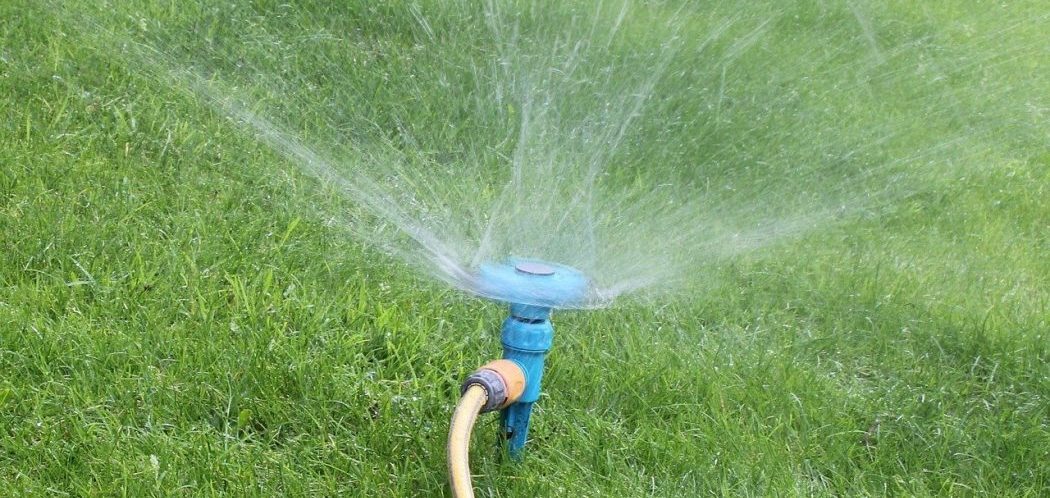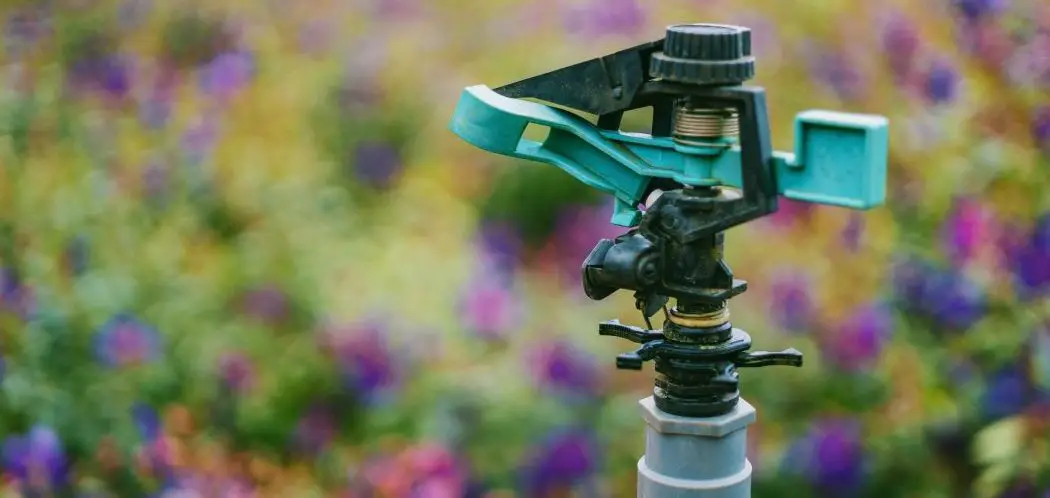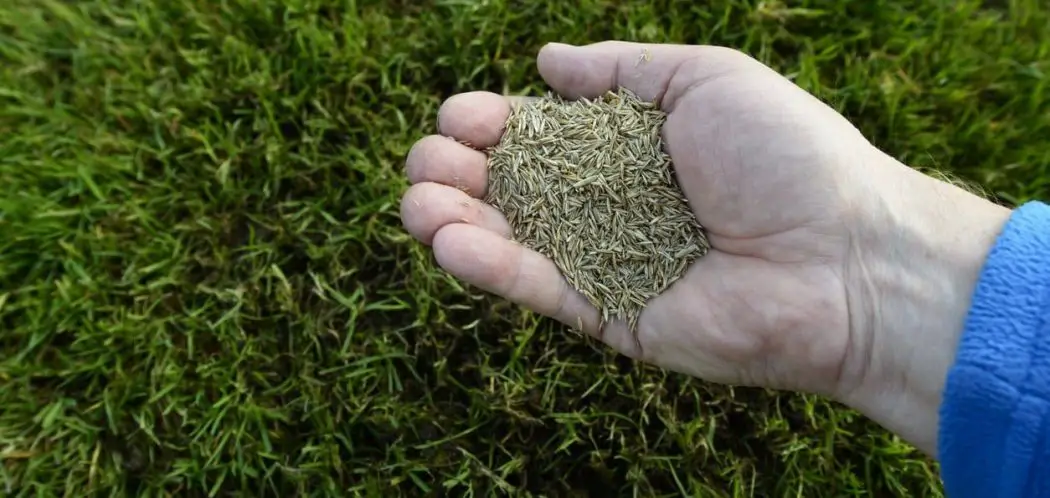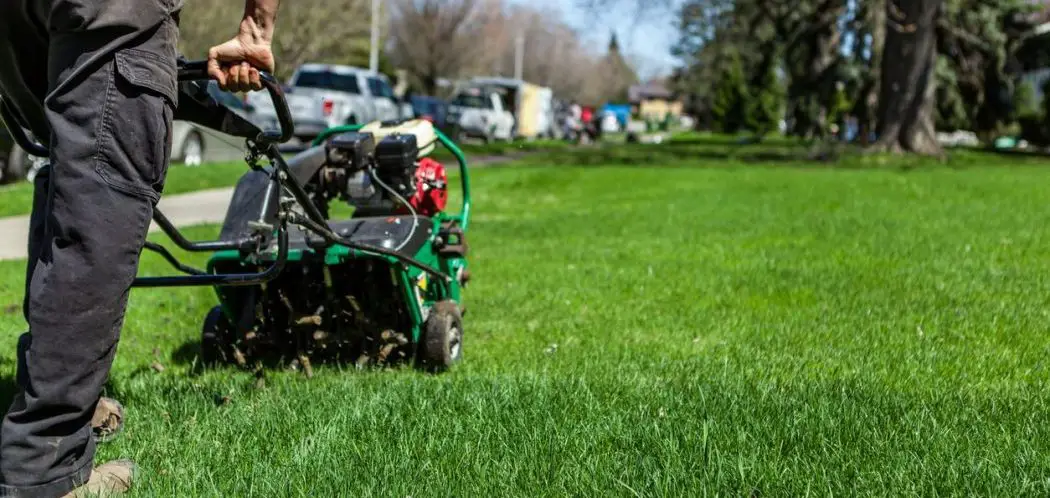Watering is an essential part of lawn care. Our lawns don’t always get the amount of water they need from precipitation. How much water is used when watering the lawn can vary from lawn to lawn.
The general recommendation for watering your lawn is one inch of water per week. The amount of watering used when watering the lawn can be calculated by multiplying the square footage of the area by 0.623 which is the amount of gallons of water needed to produce one inch of water per square foot.
An example calculation
The average lawn is approximately a quarter of an acre. This means that the average lawn is 10,871 square feet. If we multiply this number by 0.623, we’ll find that it takes 6,772.633 gallons of water a week to sufficiently water the average lawn.
That Seems Like a Lot…
While everyone’s needs are different, the average person uses about 100 gallons of water a day. That translates to 3000 gallons of water per month for indoor uses. The water used to drench your lawn each week is equivalent to the water used by 2.26 people in an average month. If your lawn is larger than a quarter of an acre, that figure increases.
The type of grass your lawn is made up of can also influence how much water you’re using to soak your yard. Grasses such as bentgrass, centipede grass, fine fescues and St. Augustine require frequent watering and do not tolerate drought conditions. Bentgrass is the turf that you typically find at golf courses and it requires 1.75 gallons of water per week.
The age of your grass is also a factor in how much water your lawn consumes. New lawn installations require frequent watering. The soil has to be kept consistently damp but not soggy to enable germination of the grass seeds.
The organic material below your grass also contributes to the amount of water your lawn needs. If your soil is clay-based, it will hold onto water much better than sand-based soils. Soil that is mostly sand drains quickly of water. This would leave your grass’s roots dry and cause the lawn to wilt. You would need to water more in volume or frequency to ensure that your lawn is aesthetically pleasing.
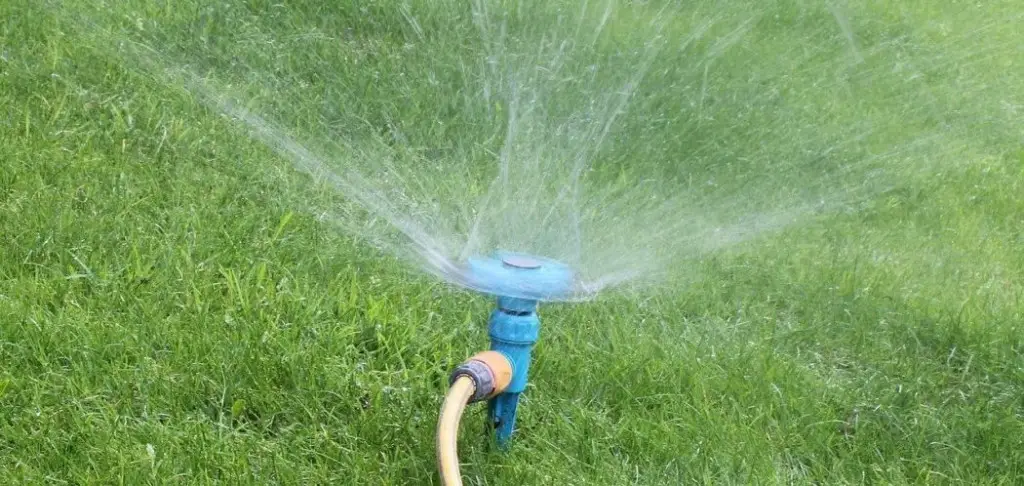
How Much Is My Lawn Costing Me?
On average, the price per 1000 gallons of water is $1.50 in the United States.
In short, the average lawn costs its owner around $40 a month. $40 a month may seem inconsequential but this means that you’re spending about $490 a year on just watering your lawn. That figure doesn’t include other maintenance costs such as fertilizer, equipment, and fuel for lawn cutting equipment.
What could you do with an extra $500 a year?
How Can I Lessen the Amount of Water That My Lawn Uses?
Let’s look at some ways you can can reduce the amount of water used on your lawn.
Grass Type
If your lawn is already established, learn what type of grass comprises your greenspace. This can be achieved through simple identification.
Figuring out the type of soil your lawn is growing on is also quite simple. Grab a handful of earth and observe it. If the dirt has a sticky, wet quality despite not being watered recently, it is clay-based. If the particles feel similar to sand grains and are dry, your soil is sand-based. If you identify a combination of the two, your soil is loamy. This soil type is pretty neutral and will hold an average amount of water.
Once you have figured out what you’re working with, you can more effectively care for your lawn.
Grasses that are cool-seasoned will need more water during the summer months to stay alive but you can cut back once the fall and winter approach. Annual grasses have a short season life and need to be replanted each season. Watering these more often won’t magically make them come back to life.
Xeriscaping
If your lawn is not yet established, consider xeriscaping. Xeriscaping is the practice of utilizing plants that require little to no additional water than what your region gets in rainfall.
Choose grass types that are drought tolerant. Grasses such as buffalograss, wheatgrass, bermudagrass, and some varieties of Zoysia grass require less frequent watering than other types.
The Sprinkler You Use
How much water is used when you water your lawn can depend on the rate of flow in your watering apparatus. The water pressure (PSI) can vary between different brands and models of sprinklers.
Choose the minimum amount necessary to avoid overwatering. If your sprinkler system is underground, routine maintenance is required to monitor the lines for leaks. A leaking sprinkler line can go unnoticed and cost you precious water and money.
Time of Watering
The time of day that you water your lawn could be contributing to how much water you’re using.
Water your lawn and any plants early in the morning, before 10 AM. Watering prior to noon reduces the chances of the water evaporating before it can nourish your lawn. Watering too late in the day means that any excess water will not be evaporated by the heat of the day, leading to water bogging and disease.
Dethatching
Regular dethatching of your lawn will also help the water you supply penetrate the soil more easily.
Thatch is a buildup of organic materials below the grass but above the soil. A bit of thatch in your lawn is good as it provides a protective cover for shallow roots and furnishes nutrients once the material breaks down. However, when thatch begins to grow too thick, it absorbs all of the water meant for your lawn. Your grass will begin to dry out and deteriorate.
I highly recommend using this thatch rake. The curved tines work great at clearing dead grass clippings in your lawn.
Hydretain
You might want to try using a hydretain product to reduce overall water requirements.
This product (link to Amazon) helps to protect your grass from drought stress between watering.
In Summary – How Much Water Is Used When Watering the Lawn?
Several factors can determine how much water is used when watering the lawn. Measure the square footage of your lawn. Multiply the length times the width, then multiply that total by 0.623. Now you know exactly how many gallons of water your lawn needs. Knowing this figure will enable you to monitor your water usage and seasonal fluctuations. Using only as much as you need will save you money too.




